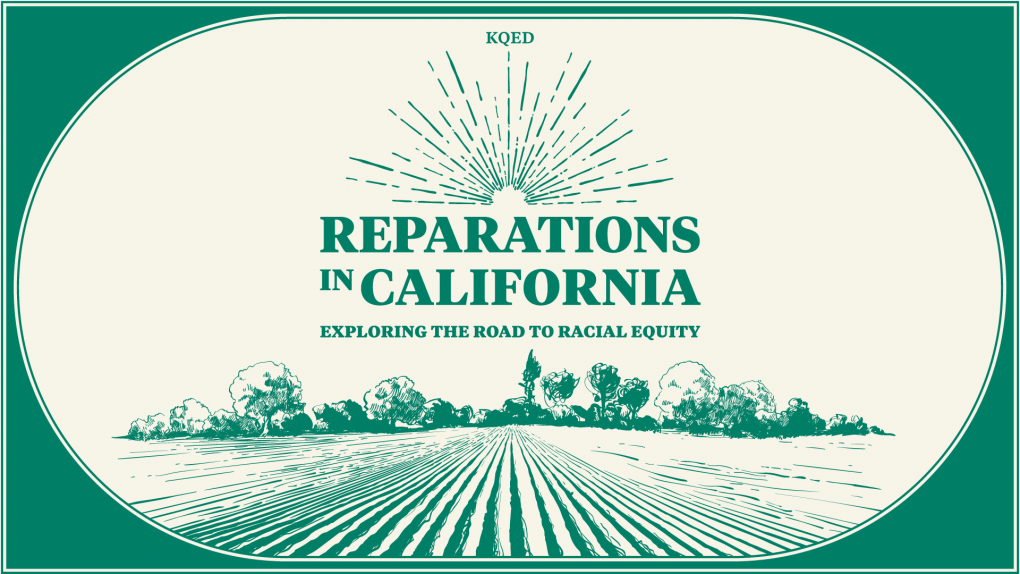The reparations discussion in California is largely centered on how best to repair the continued harm faced by Black communities as a direct result of centuries of white supremacy.
Indigenous peoples are experiencing their own reparations movement. They are demanding truth and reconciliation from the systems responsible for committing mass genocide, and forcibly removing their ancestors from their homelands.

